|
Chickadee
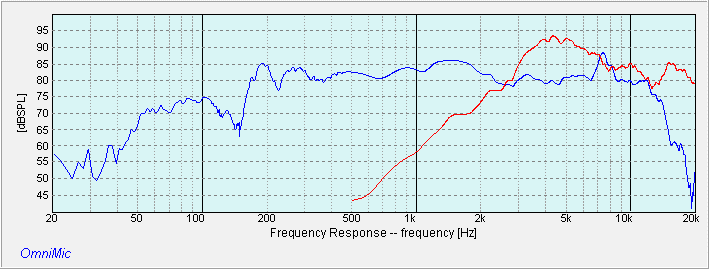 Fig 1 – Dayton CX120 RAW Frq Response Fig 1 – Dayton CX120 RAW Frq Response
In my previous post, the Dayton CX120 RAW responses of the woofer and the tweeter are in Fig 1. There are a few issues that are of concern. Firstly, the dip of the woofer after 2kHz. Then, there’s the peak at 7.5kHz. As for the tweeter, she’s not flat.
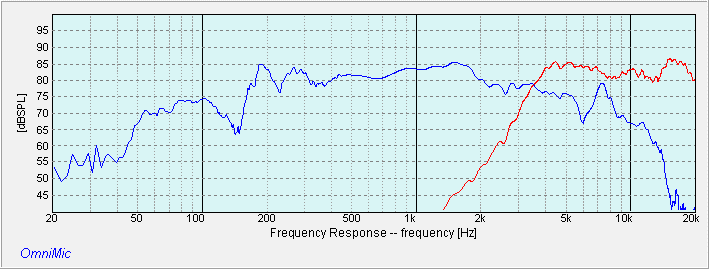 Fig 2 – Dayton CX120 Woofer Low Pass and Tweeter High Pass • Baffle Width = 8″ Fig 2 – Dayton CX120 Woofer Low Pass and Tweeter High Pass • Baffle Width = 8″
Fig 2 are the plots of the Woofer and Tweeter with their respective networks. I kept them simple, basically 2nd order electrical. There’s no point trying to improve on the response. What is inherent in the drivers cannot be corrected..
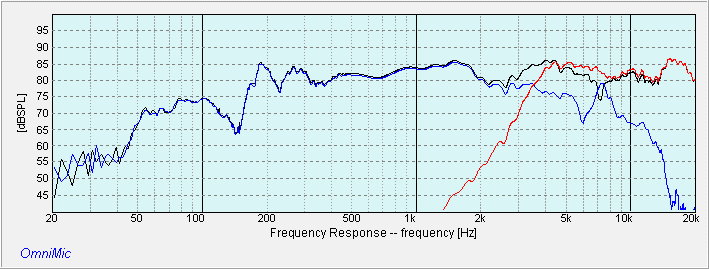 Fig 3 – Summed Response of Chickadee Fig 3 – Summed Response of Chickadee
The Black plot in Fig 3 is the Summed Response of the woofer and the tweeter. Frankly, the summation is quite awful. Note the chunk of frequencies missing at 3.5kHz. That’s because the woofer’s response is not flat. She dips at 2kHz and the result of this is the huge bite at 3.5kHz. The only way to avoid this is to cross at 2kHz or lower. However, that’s not possible with the tweeter. The best the tweeter can do is 3.5kHz~4kHz.
 Fig 4 – Chickadee Frequency Response Fig 4 – Chickadee Frequency Response
I removed the Woofer and Tweeter responses from Fig 3, leaving behind only the summed response of the Chickadee. Now, the undulating response from 2kHz to 20kHz is more apparent. This may be acceptable for Pro Speakers but not for HiFi. I’ve gotten much flatter responses with other drivers.
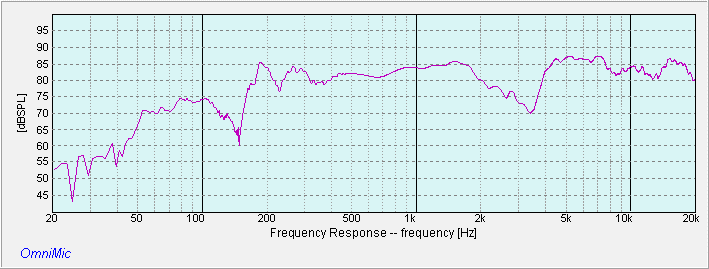 Fig 5 – Null Response of Chickadee Fig 5 – Null Response of Chickadee
Fig 5 is with the tweeter wired in reverse phase. It resulted in a asymmetric null centered at 3.5kHz. This asymmetry indicates the woofer is rolling-off too early.
 Fig 6 – Chickadee Waterfall Fig 6 – Chickadee Waterfall
The Waterfall plot in Fig 6 shows the Chickadee with strong artifacts. I believe the artifact at 5kHz is from the woofer. We saw this in the Toneburst Energy Storage plot of the woofer in the previous post.
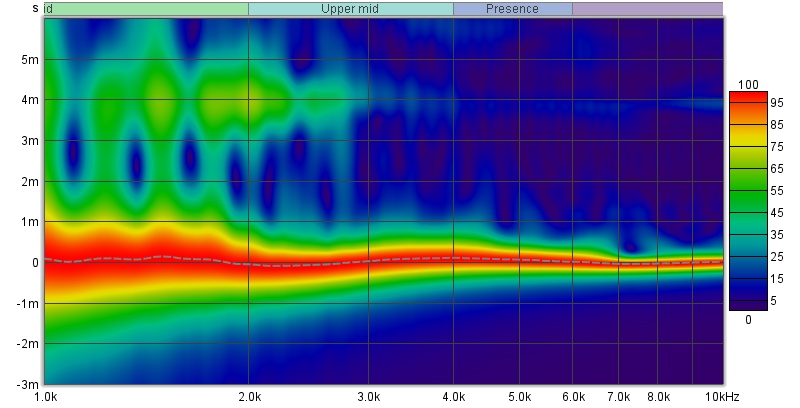 Fig 7 – Chickadee Spectrogram Fig 7 – Chickadee Spectrogram
The Spectrogram in Fig 7 shows delayed energy (Green globs) from 1kHz~2.5kHz. They do die off after 5 msec so I doubt they will smear the music. As for the frequencies above 3kHz, the artifacts shown in the Waterfall are dissipated by 1 msec.
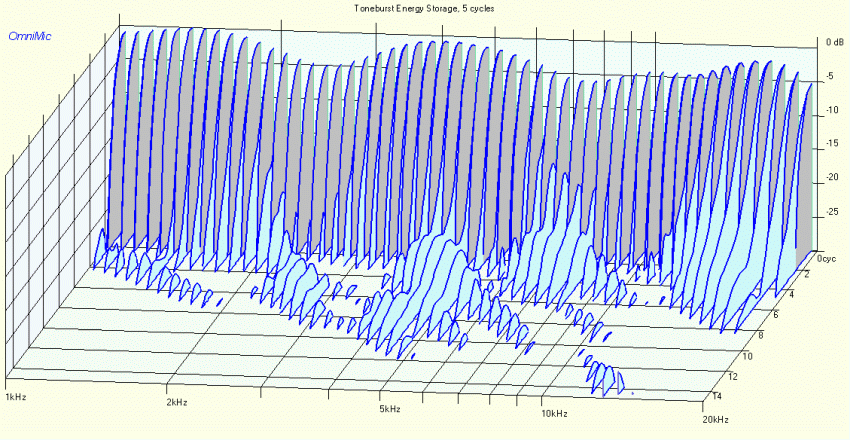 Fig 8 – Chickadee Toneburst Energy Storage Fig 8 – Chickadee Toneburst Energy Storage
Fig 8 is the Toneburst Energy Storage plot of the Chickadee. This plot is similar to the Waterfall. The artifacts are represented by the light blue slices. We can see there are quite a few unwanted energy from 5kHz onwards.
 Fig 9 – Chickadee Harmonic Distortion Fig 9 – Chickadee Harmonic Distortion
The Harmonic Distortion of the Chickadee is in Fig 9. Surprisingly, the THD from H2 to H9 is not that bad (0.723%). 2nd Harmonic is at 0.544% whereas the 3rd Harmonic is a low of 0.194%.
 Fig 10 – Chickadee Step Response Fig 10 – Chickadee Step Response
The Step Response of the Chickadee (Fig 10) is quite ugly. The leading edge (attack) is almost vertical which is a good thing. It is after the apex that is confusing. Are those two peaks from the woofer?
Sound of Chickadee
After all these less than stellar measurements, one would think the Chickadee sounds terrible. Fortunately, that’s not the case. The Chickadee is listenable, even enjoyable.
I played different genres of music trying to trip the Chickadee but she stood her ground. Eagles “Doolin-Dalton” did not flag any issues with the vocals. There were no “glare” in the male voices.
Up next is Stayin’ Alive by Bee Gees. There are two things I’m looking for with this track. Does Barry Gibb’s falsetto sound shrill? And do the cymbals sound brittle? On both counts, the Chickadee passed.
On to Nana Mouskouri. Her voice is very demanding on speakers. “Amazing Grace” came out perfect. She’s not “shouty” nor does she scream at you.
My Thoughts
One of the things that caused me to hesitate buying the CX120 is the way she’s designed. Usually in a coaxial, the tweeter is in a short horn like in the Eminence 10CX. If it’s a dome tweeter instead of a compression driver, it would be raised so that it’s almost flush with the top of the frame. This method is commonly seen in car coaxials.
With the CX120, the tweeter is recessed deep into the woofer cone but there’s no horn. I’m not sure whether the designer is trying to keep the acoustic centers of the woofer and the tweeter as close as possible but whatever the reason, the treble will be reflecting off the cone. Worse still, the cone is not stationary but is vibrating when playing music. It is this design concept that has me perplexed..
Luckily during auditioning, I couldn’t pick it up. Let’s not forget the measurements are microscopic. Our ears are unable to resolve the details at that level.
Even though the CX120 has her “flaws”, I have no issues recommending her. She sounds decent, you have a point source and most important of all, doesn’t cost an arm and a leg.
Bass Support
During audition, my Chickadee is supported by a Seas U22REX/P-SL. It’s ridiculous to use such an expensive woofer with the CX120. It’s just out of convenience since it’s already setup. You can use any woofers that I tested out in my shoot-out.
Unless otherwise stated, all measurements were made in Full Space (4 pi) with the mic at 36 ins, tweeter axis. Impulse Window=5ms. No smoothing applied. |

